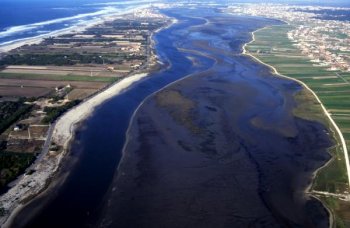H2020 AQUACROSS Case Study 3 - Danube River Basin - harmonising inland, coastal and marine ecosystem management to achieve aquatic biodiversity targets
Restoring river-floodplains to protect biodiversity: The Danube’s river biodiversity is threatened by changes to hydrology and geomorphology (so-called hydro-morphological alterations), such as disconnection of floodplains. Multiple human activities, including the construction of hydropower plants, expansion of agriculture, and large-scale river regulation measures to increase navigation and flood protection are resulting in an ongoing loss of habitat and biodiversity. Our aim: In this Case Study, we apply the AQUACROSS Assessment Framework to identify how management of...








